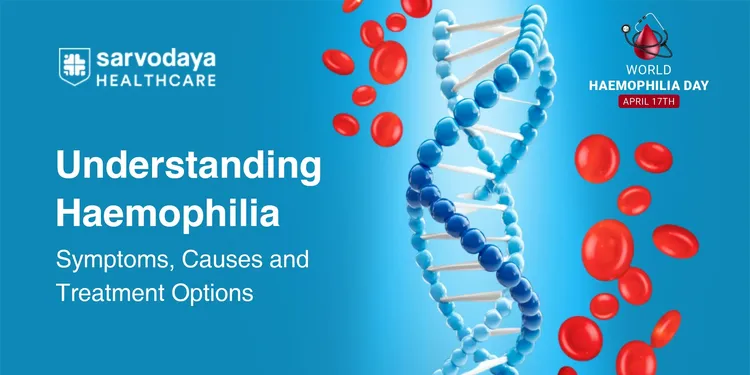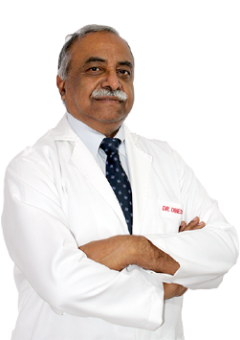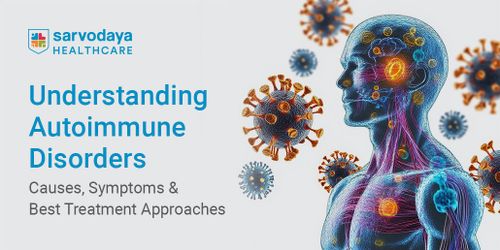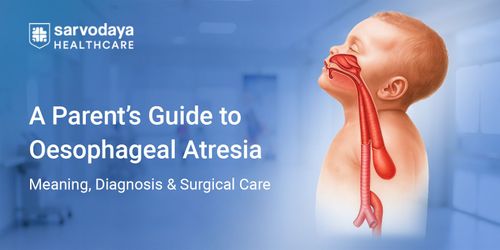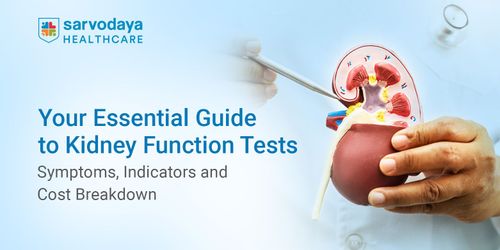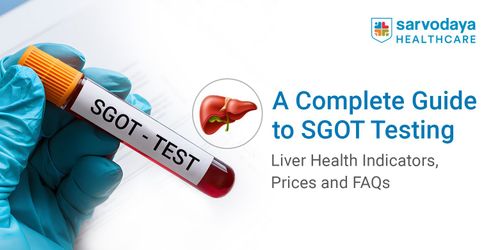Every year on World Haemophilia Day (April 17), the global community comes together to raise awareness and promote better access to diagnosis and treatment. Haemophilia affects approximately 1 in 10,000 people worldwide, yet many remain undiagnosed, especially in developing countries. This day serves as a vital reminder that early recognition, access to care, and expert medical guidance can significantly improve the quality of life for those living with this rare bleeding disorder.
In this blog, let us explore what haemophilia is, its symptoms and why World Haemophilia Day is important in spreading awareness about this condition.
What is haemophilia?
Haemophilia is a genetic condition where one or more clotting factors—proteins in your blood responsible for forming clots—are missing or not working properly. It means that when people with Haemophilia get even a small cut on their body, the body is unable to stop the bleeding naturally. The body bleeds longer than others after the same injury, and there is also a risk of spontaneous internal bleeding.
While there is currently no permanent cure, effective haemophilia treatment and ongoing care have enabled patients to live healthy, active lives.
Causes of Haemophilia
The primary causes of haemophilia are genetic. The disorder is usually inherited, passed from a mother to her son through the X chromosome. Since men have one X and one Y chromosome, if they inherit a faulty gene on the X chromosome, it is enough to develop the condition. Women are typically carriers of this gene condition and may not show symptoms even with two X chromosomes. However, the gene is passed on to her children.
In rare cases, haemophilia can also occur due to a spontaneous genetic mutation even if there is no family history. This is called acquired haemophilia, and it’s often diagnosed in adults with autoimmune disorders or other health conditions.
You can find out if you are a carrier or at risk using the available genetic test.
Types of Haemophilia
There are three main types of haemophilia based on the missing or reduced clotting factor type:
- Haemophilia A: The most common type, caused by a deficiency of clotting factor VIII.
- Haemophilia B: It is caused due to the lack of clotting factor IX. It’s less common but shares similar symptoms with Haemophilia A.
- Haemophilia C: A milder and rarer form, linked to a deficiency in factor XI. This type can manifest in both men and women.
Each type is further classified based on severity: mild, moderate, or severe. People with severe haemophilia may experience spontaneous bleeding episodes, while those with milder forms usually bleed excessively only after surgery or injury.
Symptoms and Diagnosis
The symptoms of haemophilia often depend on the severity of the condition. In moderate to severe cases, bleeding may occur even with little or no injury. Common signs include:
- Unexplained and frequent bruising
- Prolonged bleeding after cuts, dental procedures, or vaccinations
- Joint pain or swelling (especially in knees, elbows, and ankles) due to internal bleeding
- Blood in urine or stool
- Nosebleeds that are hard to stop
- In babies, one of the first signs may be bleeding after circumcision or excessive bruising from crawling or walking.
To diagnose haemophilia, blood tests are conducted to check clotting factor levels. If there is a known family history, newborns can be tested early. For families without any history, diagnosis may happen only after an unusual bleeding episode.
Haemophilia Treatment Options
While haemophilia cannot be cured completely, there are effective haemophilia treatment options that allow individuals to live active, independent lives.
The primary treatment is replacement therapy, where the missing clotting factor is injected into the bloodstream. This can be done:
- On-demand: To stop bleeding episodes when they occur.
- Prophylactically: On a regular schedule to prevent bleeding, especially in children or those with severe haemophilia.
In addition to this, newer treatments such as gene therapy and non-factor therapies are under research and have shown promising results in reducing bleeding frequency. Supportive therapies like physiotherapy, joint care, and proper nutrition also play a vital role in long-term management.
Having access to specialised care—like that provided by the best medical oncologist in Delhi NCR — ensures that patients receive accurate diagnoses, updated treatment plans, and emotional support throughout their journey.
Living with Haemophilia
Living with haemophilia requires a proactive approach to daily health. With consistent care and awareness, individuals can manage the condition well and prevent complications.
Here are some key tips for managing life with haemophilia:
- Avoid high-impact sports: Choose low-risk activities like swimming, walking, or yoga to stay active without triggering bleeds.
- Protect joints: Repeated internal bleeding can damage joints. Physical therapy helps strengthen muscles and improve mobility, which helps with haemophilia.
- Regular check-ups: Ongoing medical support helps in adjusting haemophilia treatment as needed.
- Healthy diet: Maintaining an ideal body weight reduces strain on joints and boosts immunity.
- Emergency plan: Always carry a medical ID and inform friends or co-workers about the condition in case of an accident.
Why World Haemophilia Day Matters
Every year, World Haemophilia Day is observed on April 17 to unite the global bleeding disorders community and raise awareness about the condition.
The day highlights ongoing challenges like delayed diagnosis, limited access to care, and social stigma. It also celebrates medical advancements and the resilience of patients around the world.
The World Haemophilia Day is observed since:
- It encourages people to understand the meaning of haemophilia and recognise its signs.
- It promotes early screening, especially in families with a history of the disorder.
- It brings attention to the need for accessible haemophilia treatment across all regions.
- It inspires donations, blood drives, and public health efforts that support patient care.
Choosing the Right Expert for Haemophilia Care
Managing haemophilia is not just about controlling bleeding—it’s about long-term quality of life. That’s why choosing the right medical expert is critical. A good haematologist doesn’t just treat symptoms; they guide the patient and family through education, lifestyle changes, and emotional support.
When searching for the best medical oncologist in Faridabad, consider the following:
- Experience in treating bleeding disorders
- Access to a comprehensive care team—haematologists, physiotherapists, nutritionists, and counsellors
- Familiarity with the latest haemophilia treatment approaches, including prophylactic care and gene therapy
- Availability of emergency support and long-term follow-up
Conclusion
Haemophilia may be rare, but for those affected, every small bleed or joint pain is a reminder of the daily challenges they face. Recognising the causes of haemophilia and seeking timely, expert-led haemophilia treatment can drastically improve outcomes. That’s why a preventive consultation matters.
At Sarvodaya Hospital, Faridabad, our multidisciplinary team offers compassionate, world-class care for patients with haemophilia and other bleeding disorders. With access to the best medical oncologist in Faridabad and state-of-the-art diagnostic and treatment facilities, we ensure patients receive timely interventions and ongoing support. Whether it’s a detailed evaluation, long-term therapy, or just a preventive consultation, Sarvodaya Hospital is here to help families take confident steps toward a healthier tomorrow.
As we mark another World Haemophilia Day, let’s spread the word and build a world where no child or adult suffers due to lack of awareness or access to care.


